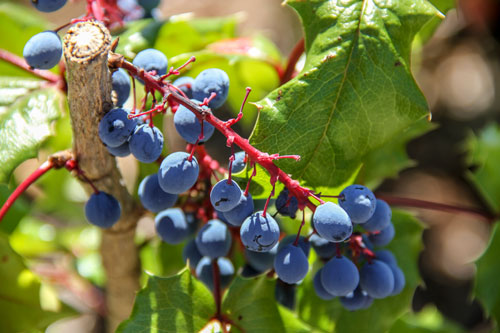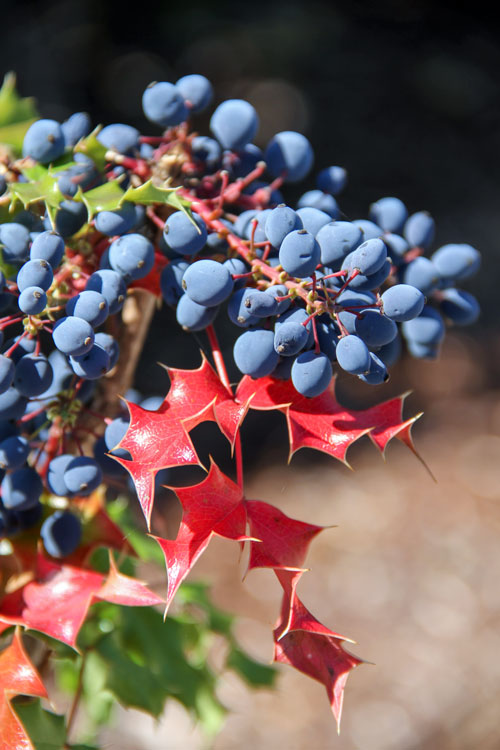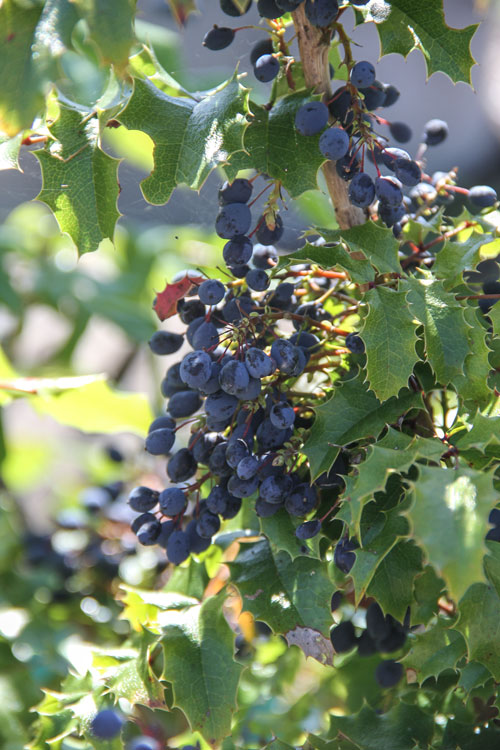
Photo/ Brandi N. Montreuil
Spotlight on the Oregon-Grape
By Brandi N. Montreuil, Tulalip News
You might have noticed the blooming of flowers, foliage, and other plant species occurring as our summer season kicks into high gear. The abundance of sunshine has increased outdoor activities where these blooming specimens have been the main attraction for people out for a stroll.
As you grab your walking shoes to enjoy some of that summer sun, keep your eyes peeled for a flowering plant native to western North America called the Oregon-Grape, or M. aquifolium for you plant enthusiasts.
The Oregon-Grape is a cousin to the Goldenseal plant and known to be bitter due to a presence of alkaloids including berberine. There are many types of Oregon-Grape, but the tall variety can grow up to 8 feet tall, while the dwarf variety will only grow a few feet in height. Other types include cascade, low, and creeping Oregon-Grape.
All varieties feature stiff branches with leaves that will remind you of Holly with their glossy prickly leaves, which are deep green on top and silvery underneath. Flowers are yellow and bloom in late spring, followed by the presence of small bluish-black berries sprouting in clusters from its branches resembling true grapes, from which it takes its namesake. Berries, ripe from July until September, and have a tart taste with earthy undertones.
As a Northwest perennial, Oregon-Grape is prized for its beauty and heartiness which has made it an excellent choice for city landscapers.
The plant also has a variety of medicinal uses thanks to that bitterness, which has been used by Coast Salish tribes to help stimulate liver function, aid digestion, and used as a laxative.
Oregon-Grape is a great addition to gardens with its vibrant foliage, flowers and berries which will create a colorful splash in shady or woodland plantings. Its ability to survive summer droughts and its tolerance for poor soils make it an easy plant for gardeners to enjoy.
For more information on Oregon-Grape check out www.thegardenhelper.com/oregon_grape for growing tips or www.wildfoodsandmedicines.com for medicinal and harvesting tips.

Photo/ Brandi N. Montreuil, Tulalip News

Photo/ Brandi N. Montreuil, Tulalip News
